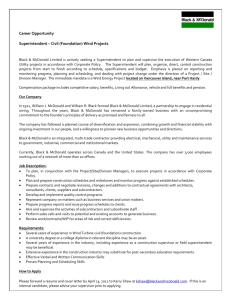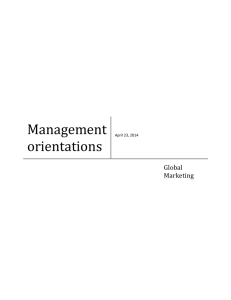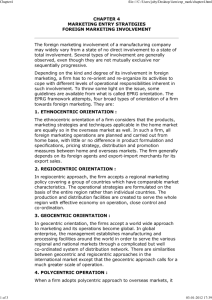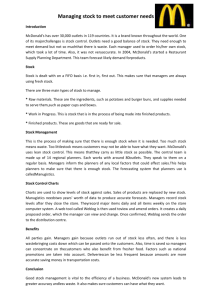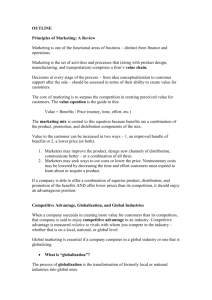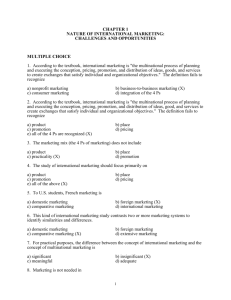exercise - Pearson
advertisement
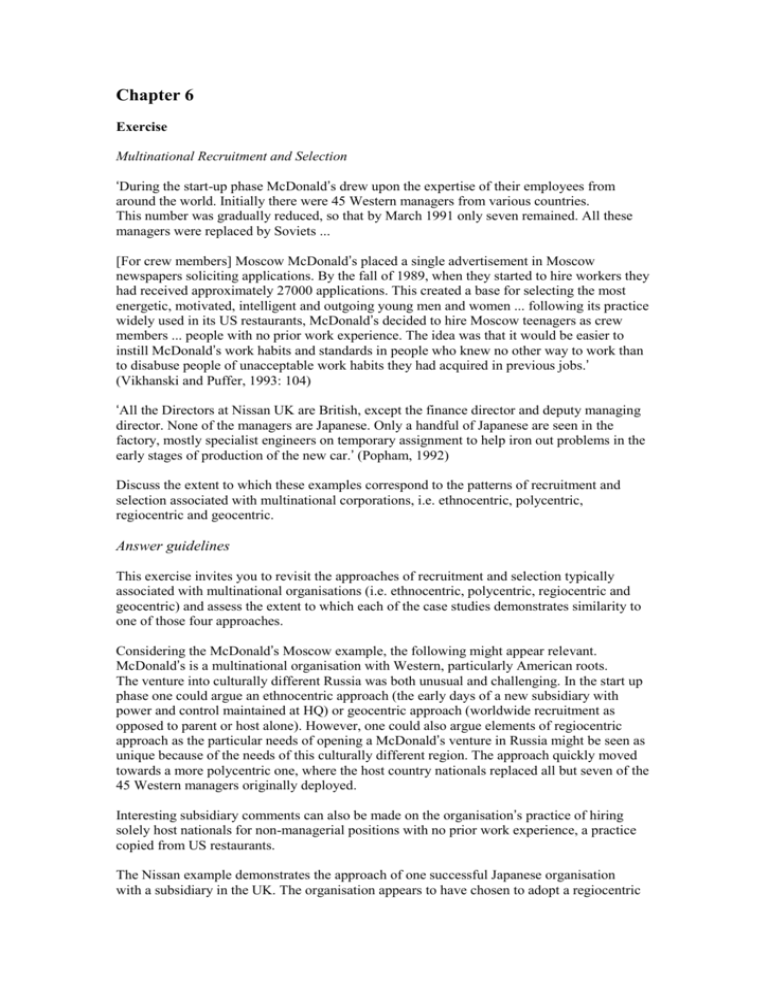
Chapter 6 Exercise Multinational Recruitment and Selection ‘During the start-up phase McDonald’s drew upon the expertise of their employees from around the world. Initially there were 45 Western managers from various countries. This number was gradually reduced, so that by March 1991 only seven remained. All these managers were replaced by Soviets ... [For crew members] Moscow McDonald’s placed a single advertisement in Moscow newspapers soliciting applications. By the fall of 1989, when they started to hire workers they had received approximately 27000 applications. This created a base for selecting the most energetic, motivated, intelligent and outgoing young men and women ... following its practice widely used in its US restaurants, McDonald’s decided to hire Moscow teenagers as crew members ... people with no prior work experience. The idea was that it would be easier to instill McDonald’s work habits and standards in people who knew no other way to work than to disabuse people of unacceptable work habits they had acquired in previous jobs.’ (Vikhanski and Puffer, 1993: 104) ‘All the Directors at Nissan UK are British, except the finance director and deputy managing director. None of the managers are Japanese. Only a handful of Japanese are seen in the factory, mostly specialist engineers on temporary assignment to help iron out problems in the early stages of production of the new car.’ (Popham, 1992) Discuss the extent to which these examples correspond to the patterns of recruitment and selection associated with multinational corporations, i.e. ethnocentric, polycentric, regiocentric and geocentric. Answer guidelines This exercise invites you to revisit the approaches of recruitment and selection typically associated with multinational organisations (i.e. ethnocentric, polycentric, regiocentric and geocentric) and assess the extent to which each of the case studies demonstrates similarity to one of those four approaches. Considering the McDonald’s Moscow example, the following might appear relevant. McDonald’s is a multinational organisation with Western, particularly American roots. The venture into culturally different Russia was both unusual and challenging. In the start up phase one could argue an ethnocentric approach (the early days of a new subsidiary with power and control maintained at HQ) or geocentric approach (worldwide recruitment as opposed to parent or host alone). However, one could also argue elements of regiocentric approach as the particular needs of opening a McDonald’s venture in Russia might be seen as unique because of the needs of this culturally different region. The approach quickly moved towards a more polycentric one, where the host country nationals replaced all but seven of the 45 Western managers originally deployed. Interesting subsidiary comments can also be made on the organisation’s practice of hiring solely host nationals for non-managerial positions with no prior work experience, a practice copied from US restaurants. The Nissan example demonstrates the approach of one successful Japanese organisation with a subsidiary in the UK. The organisation appears to have chosen to adopt a regiocentric approach to the recruitment and selection of senior managers. Most, but not all, senior managers are British with (one assumes) the two who are not British chosen for their particular expertise. Japanese engineers provide initial assistance. It can be argued that this organisation has chosen to locate in the UK as part of its European regional drive, and a mix of local knowledge, especially in relation to employment and legislation has driven host nation appointments; whilst product knowledge has driven parent nation appointments; with others being recruited as deemed most appropriate from the world labour market.




